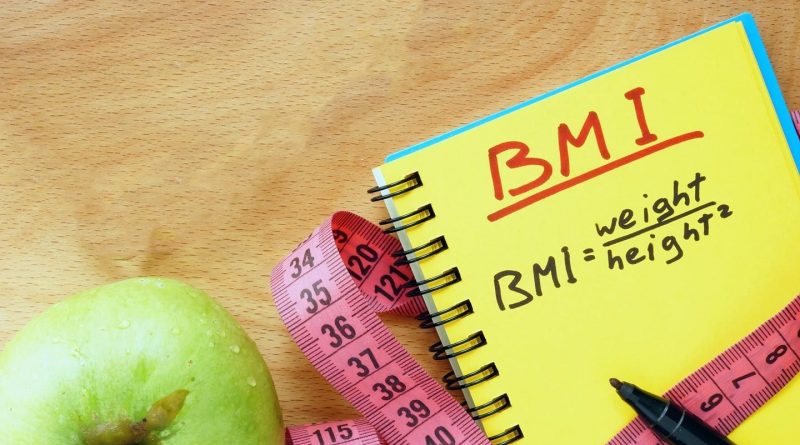BMI Measurement and Health Factors associated with it
Definition
Factoring in height and weight measurements, the body mass index (BMI) affirms the health status of an individual. The computation of the BMI formula depends on whether the individual follows the metric or imperial system. In metric units, the formula is equal to the weight in kilograms per height in metres squared.
As per imperial units, body mass index calculator formula is the weight in pounds multiplied by 703, divided by the height in inches squared. To avoid the mathematical calculation of these amounts, convenience can be found on the internet where a BMI calculator is enlisted with the click of a button. Another method by which BMI can be enumerated is by finding an online BMI chart.
Result Decryption
Understanding your BMI results is imperative to taking up pertinent preventative measures to address any underlying health problems. The standard BMI classification can be found in the table below:
| Categorization | Status |
| Below 18.5 | Underweight |
| 18.5 to 24.9 | Healthy |
| 25 to 29.9 | Overweight |
| Above 30 | Obese |
If an individual falls under the underweight category, setting up an appointment with a dietician is required. This is because they may encounter physical development problems in the future. In addition to this, they may fall prey to a weakened immune system and face augmented risks during surgeries.
Malnutrition, anaemia, vitamin deficiencies and irregular menstrual cycles are among the other conditions they may face. The overweight and obese category are both associated with health consequences as well. The overweight category is less severe than the obese grouping, but still exposes an individual to diabetes, sleep apnoea, cholesterol issues, and body pain.
The obese bracket, on the other hand, is a lot more serious, and is associated with gallbladder disease, high blood pressure, coronary heart disease, mental illnesses such as depression, and osteoarthritis. Immediate professional attention must be looked for if an individual is obese.
BMI varies with an individual’s age and, therefore, the BMI for an adult with the same weight and height will not be the same for an adolescent teenager having the same measurements. If a child falls between the 85th and 94th percentile, and is between the age of two and eighteen, he or she is deemed overweight.
These percentiles are computed in relation to an average child’s BMI in the United States of America of the same age. Approaching a doctor, or looking up an online chart will aid in unearthing the BMI of a child. Maintaining a good diet, and ensuring that your child possesses a good self-esteem (which may be difficult to hold at a young age) is imperative to establish a healthy lifestyle.
Prevention methods
Sustaining a good sleep cycle has been a remedy recommended for decades, but with the lack of leisure intervals in the current fast-paced world, can be difficult to commit to. Adults need to maintain a sleep cycle that incorporates six to nine hours of sleep daily.
Chronic fatigue can lead to several cardiovascular diseases and mental health conditions. Other than this, the most common prevention methods include exercising regularly and incorporating a mixed diet with three meals in your everyday routine. 150 minutes of moderate aerobic physical activity or 75 minutes of demanding aerobic physical activity every seven days is endorsed.
Doctors also suggest limiting sugar and unnecessary sodium intake to aid any physical activity. Home-cooked simple meals are to be eaten instead of restaurant or fast food whenever possible.
Finally, and most importantly, controlling stress levels is crucial to build a healthy way of life. Seeking out emotional support from good family members and friends when required, and avoiding toxic environments is the key to a healthy mental state and, thereby, a healthy life.
Now, you can avail treatments that you require, instead of putting them off, thanks to the Bajaj Finserv Digital Health EMI Network Card. You can undergo 800+ treatments and procedures at network hospitals and clinics, and pay for them by using the Health EMI Card. You can repay the amount in monthly instalments, with flexible tenors ranging from 3 to 24 months.


